Understanding UV Adhesives: Allergic Reactions vs. Irritations in Lash Extensions

When working with lash adhesives, it's crucial to differentiate between allergic reactions and irritations. This understanding will help you ensure safe application for your clients and reduce the risk of adverse effects.
Allergic Reactions vs. Irritations: What’s the Difference?
An allergic reaction is an immune system response. It can occur hours or even days after exposure to a substance and often worsens with continued contact. Allergic reactions can be severe, leading to significant discomfort and complications.
Irritations, on the other hand, are localized reactions that occur shortly after contact with a product, typically causing temporary discomfort or inflammation. These reactions are not caused by the immune system but rather by the product’s ingredients or fumes. Once the irritant is removed, the discomfort usually subsides quickly.
Key Distinctions:
- Allergies: Worsen with repeated exposure and can be serious.
- Irritations: Usually occur immediately and resolve once the irritant is removed.
Do UV Adhesives Cause Fewer Allergic Reactions?
UV adhesives are popular in lash extensions because they cure quickly under UV light, reducing the risk of airborne irritants and fumes. However, many UV adhesives still contain cyanoacrylate, a compound known to trigger allergic reactions in some individuals. Therefore, while UV adhesives may lower the risk of irritation due to the curing process, they don’t eliminate the possibility of allergic reactions.
Factors That Can Minimize Risks with UV Adhesives:
- Curing Process: UV light hardens the adhesive quickly, reducing the release of fumes like formaldehyde, which are common irritants in adhesives.
- Reduced Fume Exposure: With UV adhesives, there is less time for fumes to linger around the client’s eyes or face, decreasing the chances of irritation or allergic reactions.
Important Considerations:
- Allergies Are Still Possible: Even with UV adhesives, clients can still be allergic to certain compounds, like cyanoacrylate or acrylates, so it’s essential to remain cautious.
- Lower Risk of Irritation: Due to the curing process, UV adhesives generally pose a lower risk of irritation, but proper application techniques (like using minimal adhesive and lash tape) are still critical in reducing sensitivity.
The Importance of Patch Testing
No matter the type of adhesive, performing a patch test on new clients is a vital step to protect your clients. This test helps determine if a client may have a sensitivity or allergic reaction to the adhesive. However, even after a successful patch test, there’s still a possibility of developing an allergic reaction later, as sensitivities can develop over time.
How to Perform a Patch Test: Step-by-Step Guide
The goal of a patch test isn’t to diagnose medical conditions, but to check for potential allergies or sensitivities to the lash adhesive. If there are any concerns, your client should always seek advice from a medical professional.
Steps to Patch Testing:
- Apply a Small Amount: Instead of placing adhesive directly on the skin, apply 10-20 classic lashes on each eye, ensuring they blend with the natural lash length.
- Wait for 24 Hours: Instruct your client to monitor for symptoms such as itching, redness, or swelling during the next 24 hours.
- Evaluate: If any of these symptoms appear, it may indicate an allergic reaction, and the client might not be a suitable candidate for UV lash extensions.
Note: It’s important to check with your insurance to see if a patch test is required and ensure clients understand that you are not providing medical diagnoses.
If there is any doubt on what is going on, always recommend your client sees a medical doctor to see if lash extensions will work for them.
By performing regular patch tests and staying informed, lash artists can greatly reduce the risks associated with allergic reactions and irritations, ensuring safer and more enjoyable experiences for clients.
Stay tuned for our upcoming Allergic Reaction eBook, where we dive deeper into allergic responses and ways to mitigate them. It will be an essential resource for lash artists looking to manage client sensitivities and offer the best possible care.
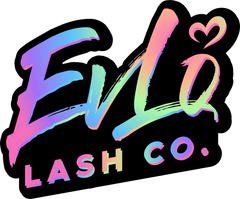
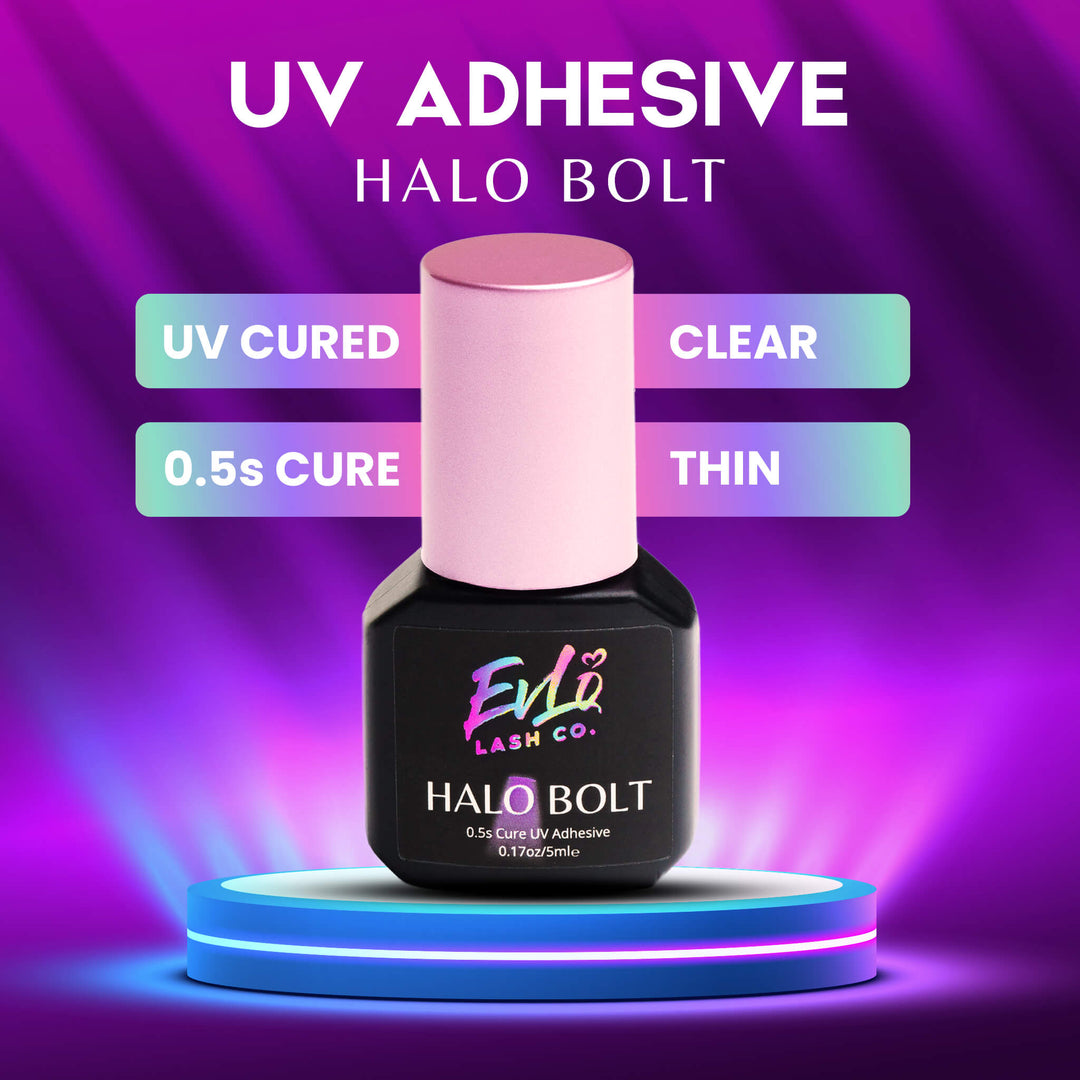
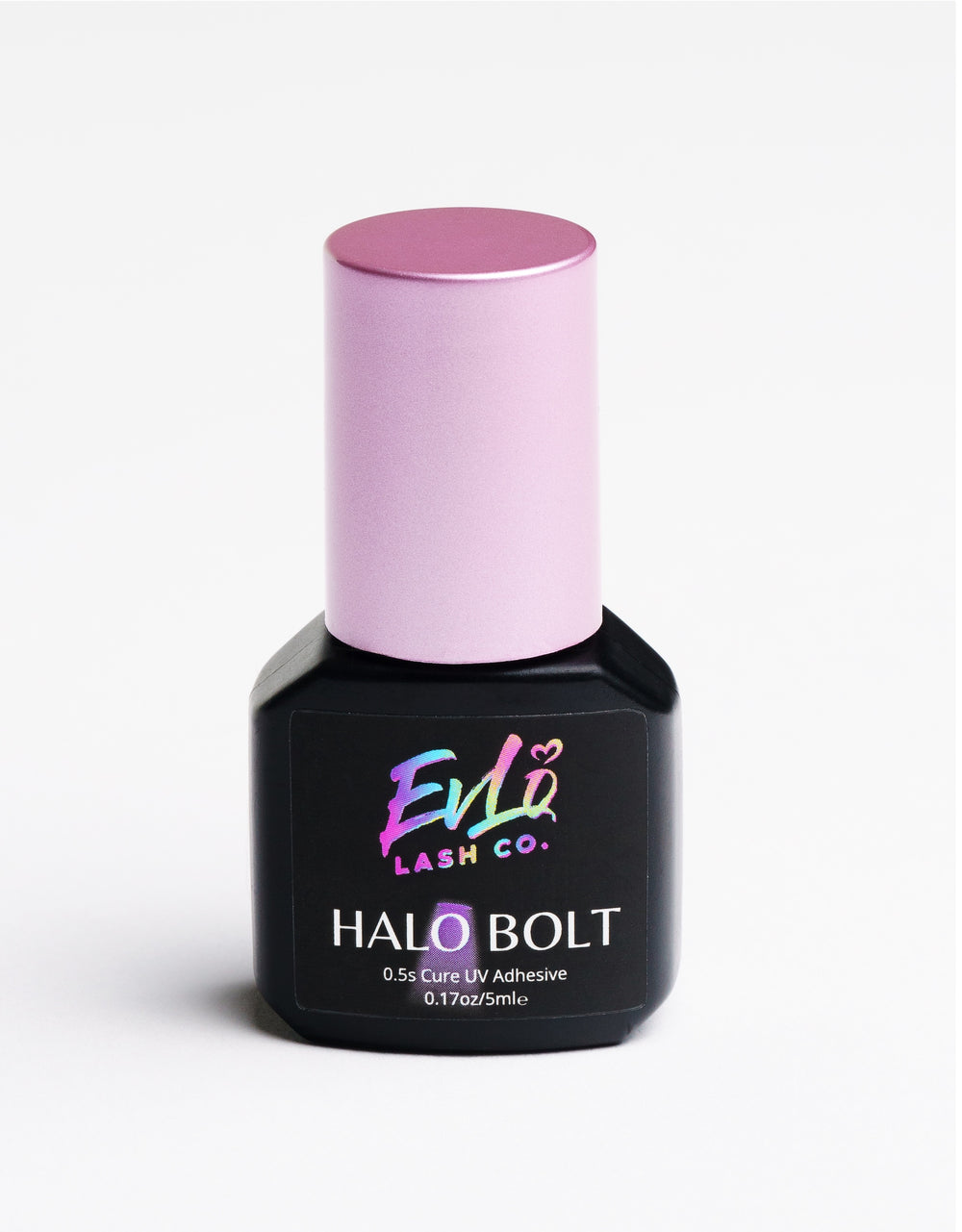
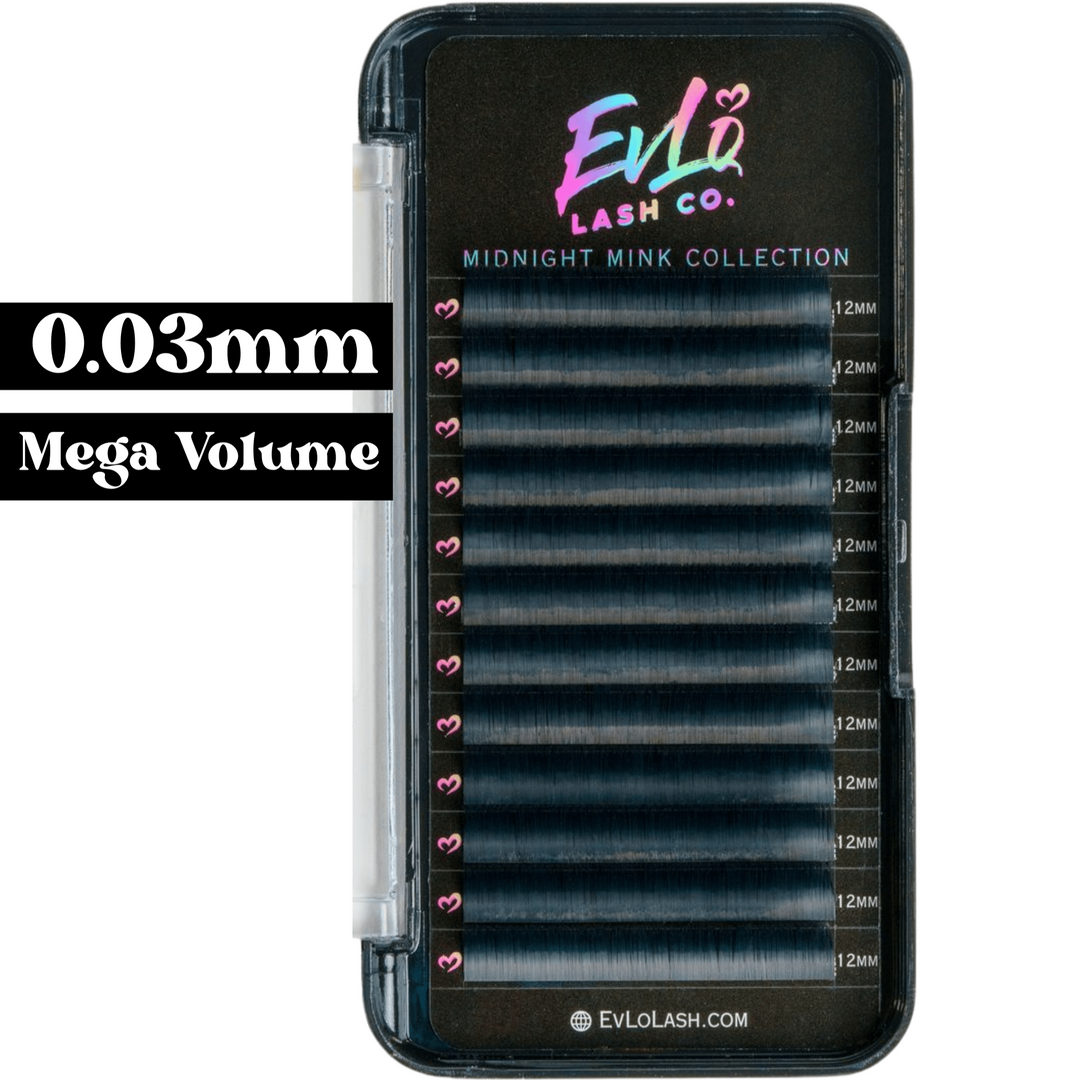
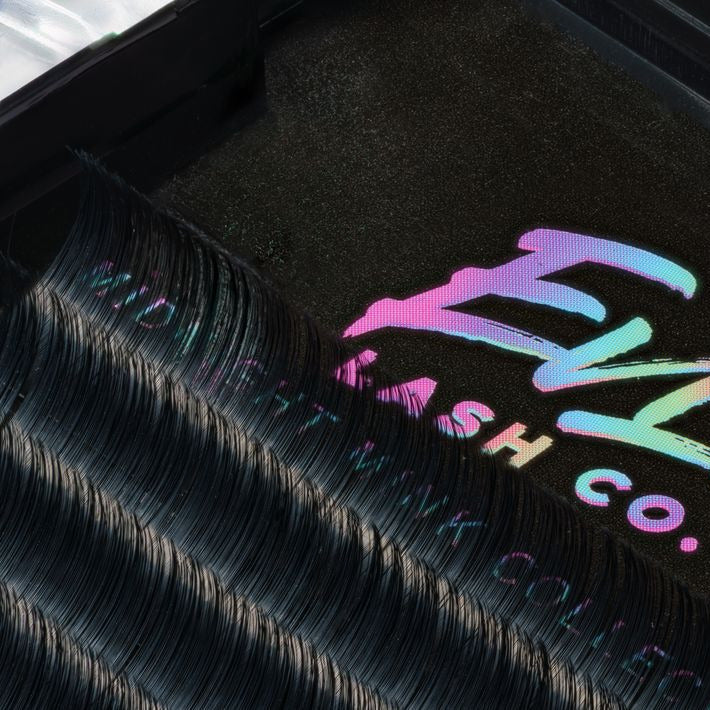
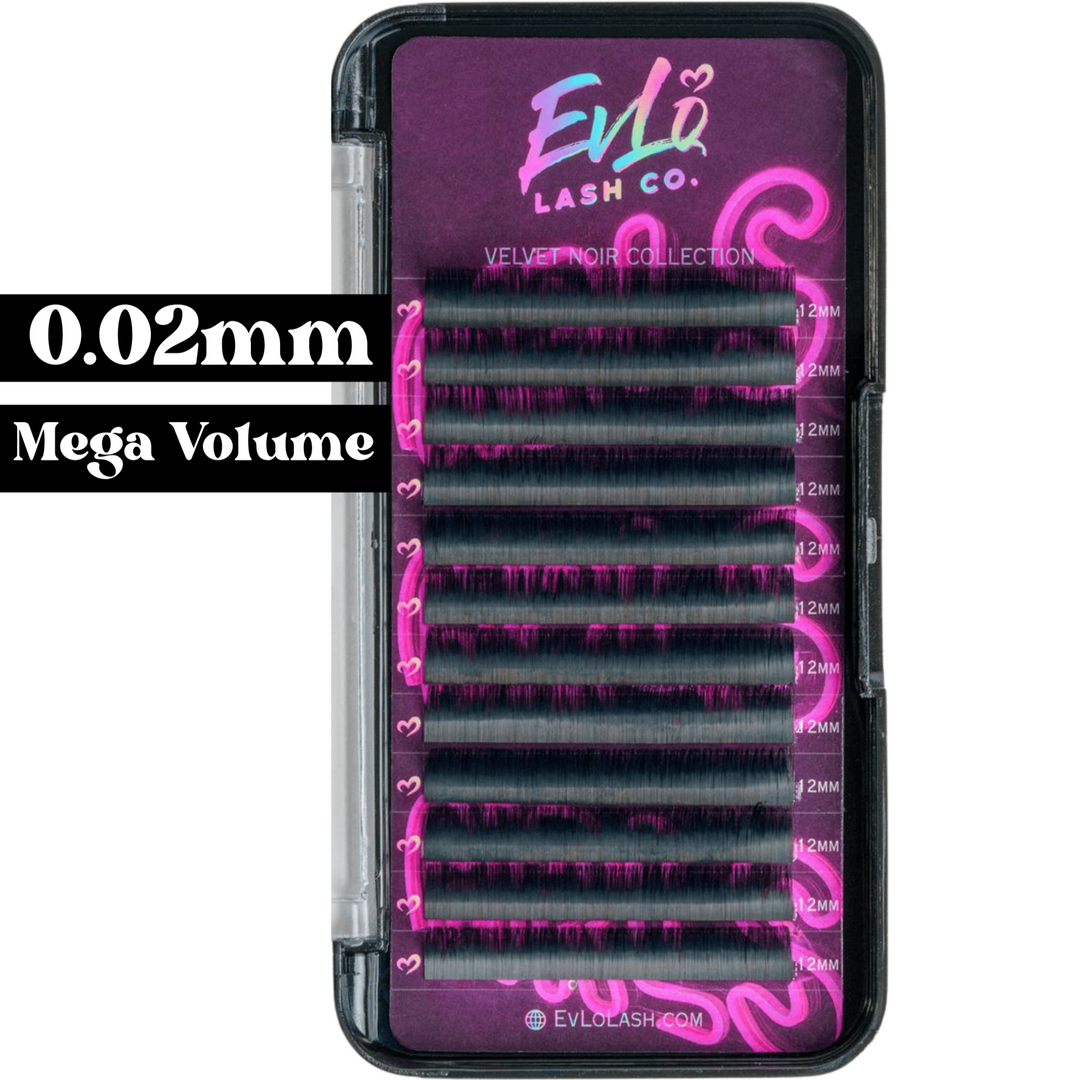
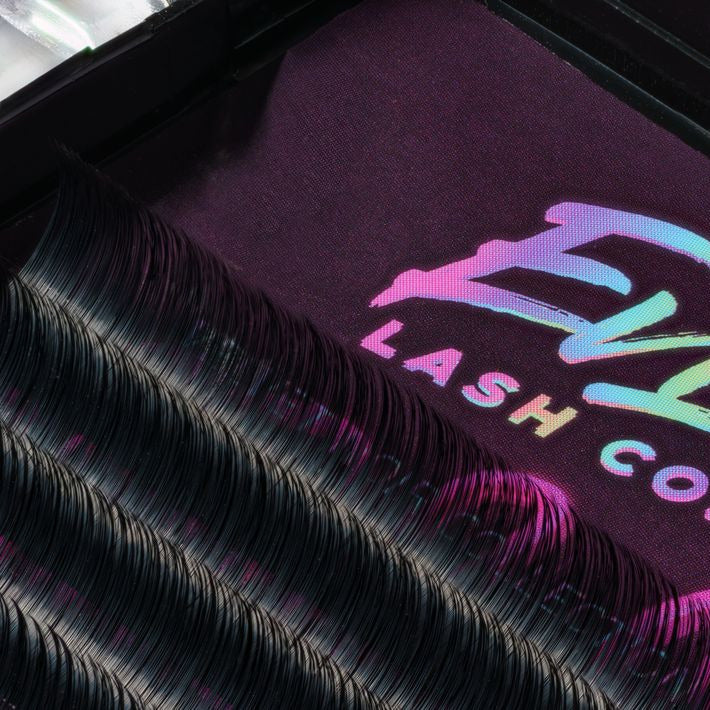
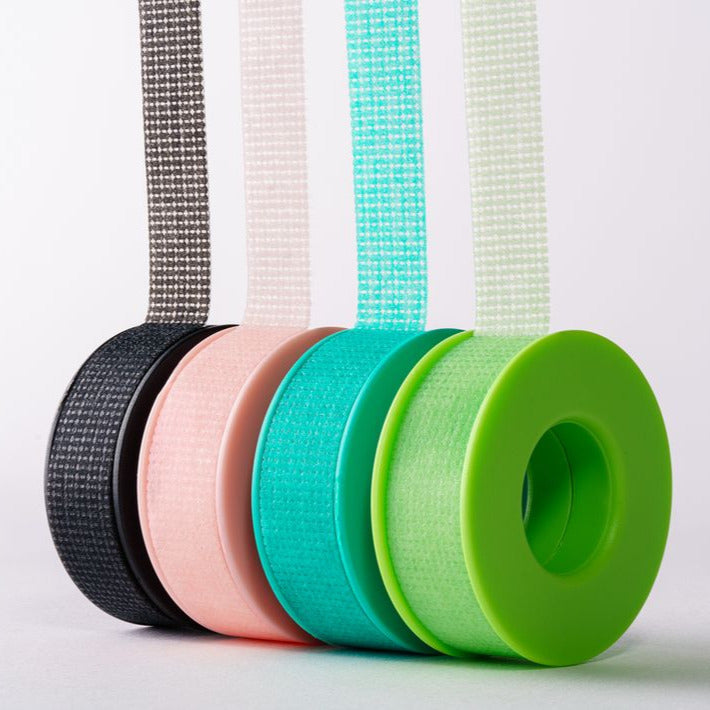
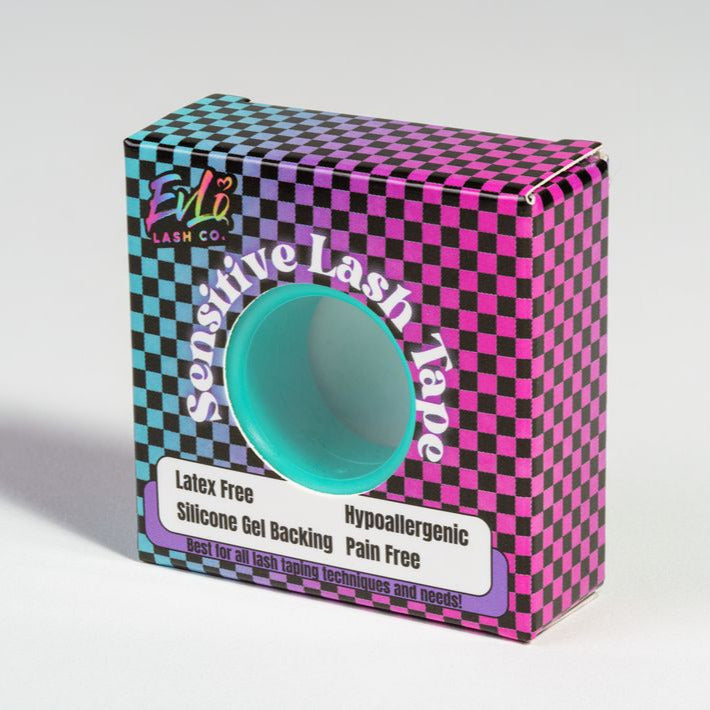



Laissez un commentaire